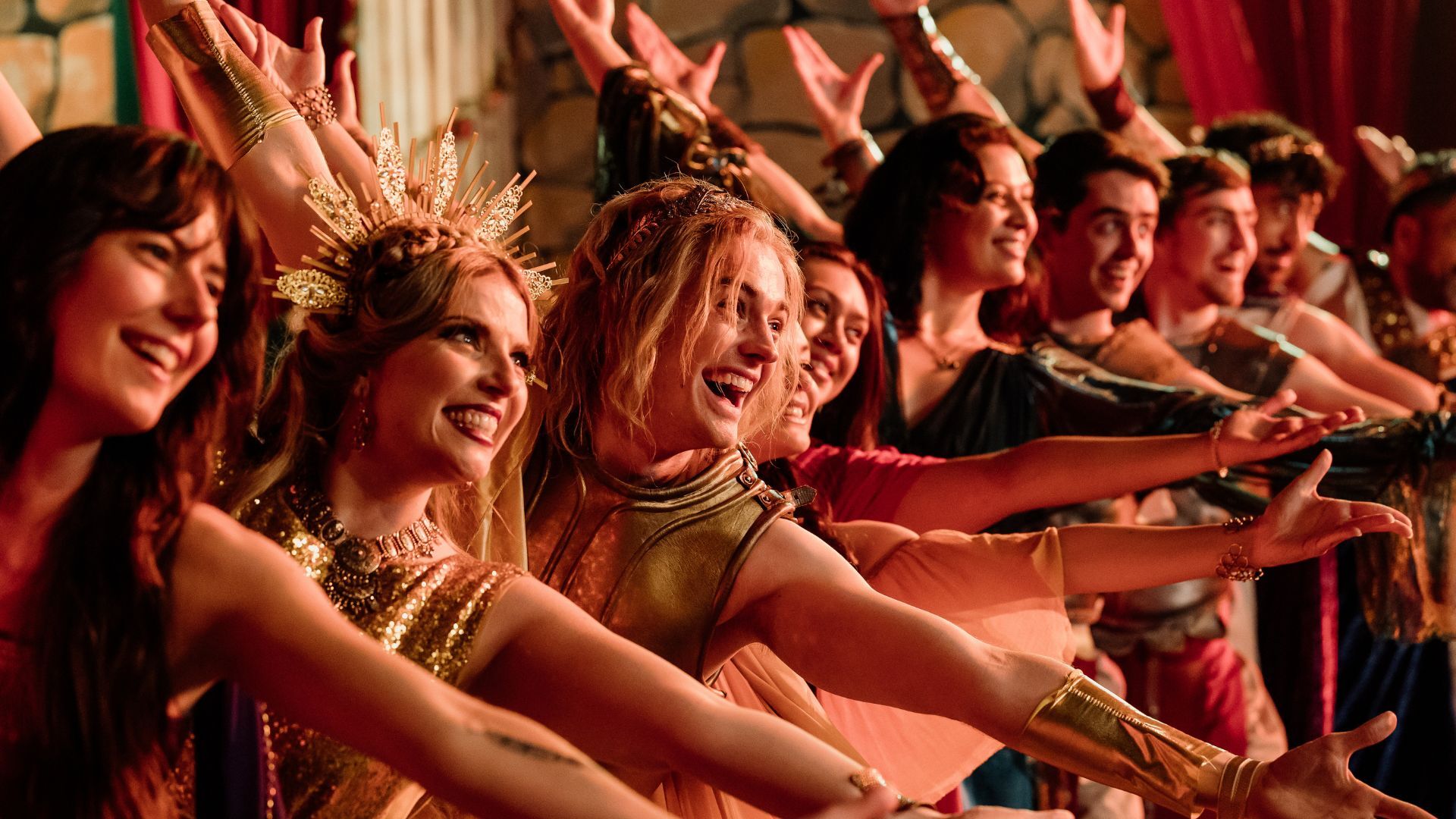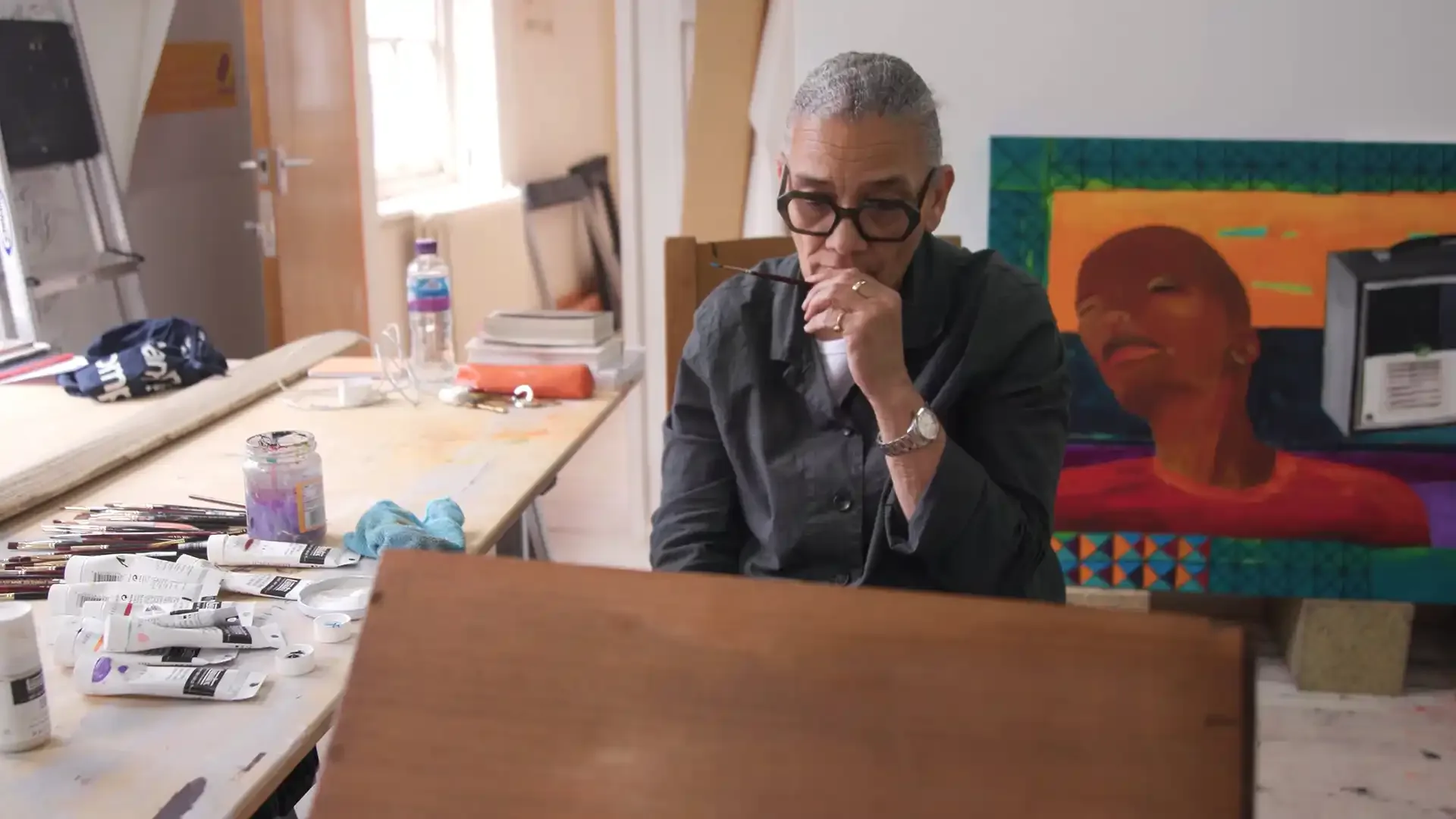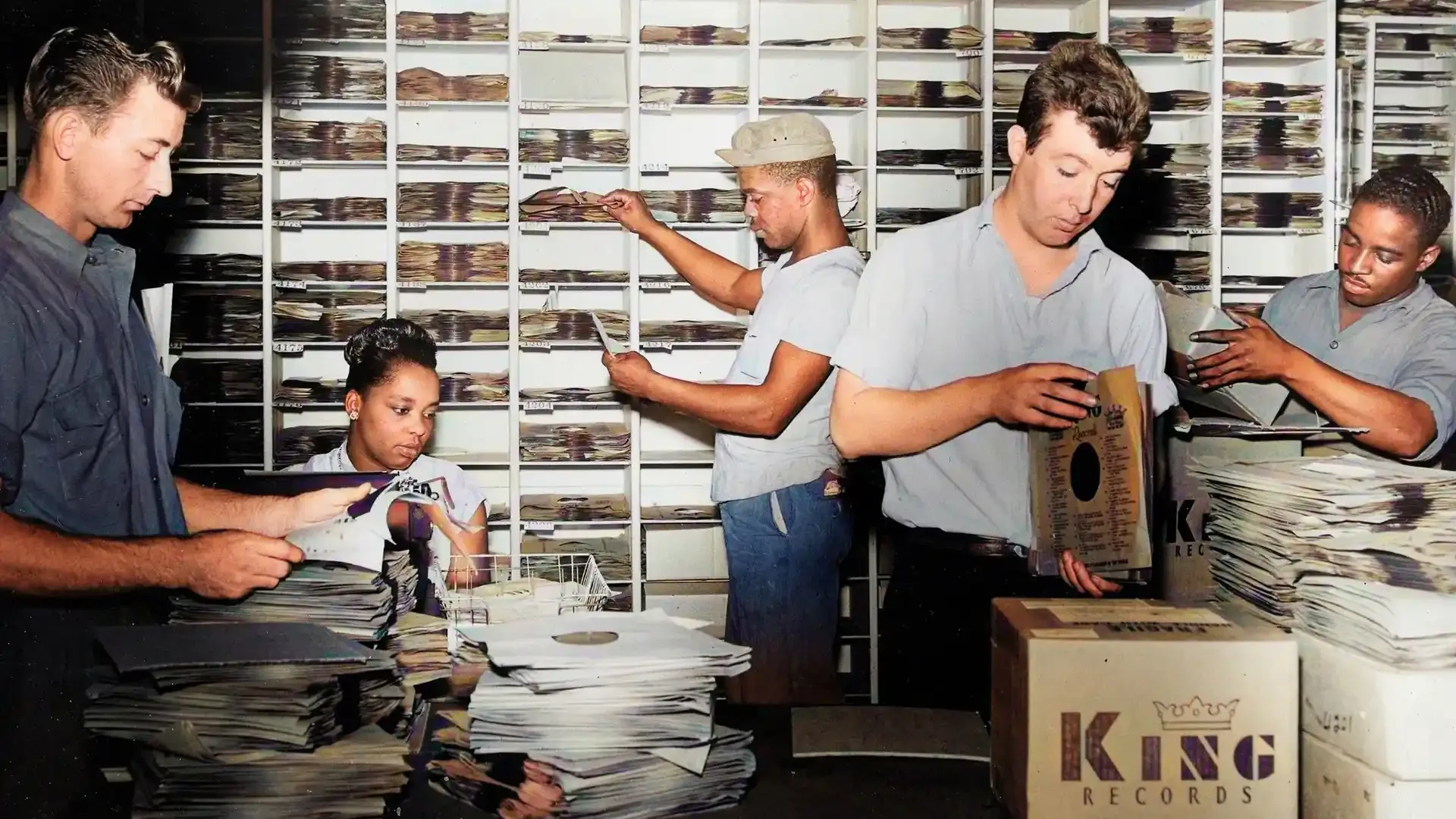
King of Them All: A Q&A with the Filmmakers
King of Them All unfolds like a listening session with history. From James Brown’s soul to the Stanley Brothers’ bluegrass, King Records shaped genres that still echo today. Guided by voices like Seymour Stein, Vince Gill, and Christian McBride, the film restores a lost legacy.
Q: Are the images in the film real?
Yes. Every photo and film clip you see in King of Them All is authentic archival material. Some images had faded or even suffered water damage over time, so we restored and enhanced them to make the history clearer. Color has been added to various black-and-white originals throughout the film to make the experience of the film more vivid and to better bring the history to life.
Q: Why did you enhance the images?
Many of the original materials were fragile or difficult to see in their original condition. By carefully restoring them and adding color to the black and white visuals, we aimed to help today’s viewers experience King Records in a way that feels alive, while still respecting the authenticity of the original sources.
Q: How did you do it?
The approach combined old and new. We studied 1950s hand-drawn animation and the Technicolor film process that defined the look of movies in that era. Using that as inspiration, we built digital tools that mimicked the period’s color and style.
Modern machine-learning methods were then applied to sharpen details and enhance tones. These tools analyzed patterns in the black-and-white images and cross-checked them against authentic examples — real photographs, rare color footage from the 1940s, and input from people familiar with King Records and Cincinnati landmarks.
Q: How is this different from what a colorist does?
This process is separate from traditional color correction. Color correction is the work of balancing tones, contrast, and mood across an entire film to ensure consistency and visual polish. For King of Them All, we worked with our colorist, Yohance Brown (Summer of Soul), who shaped the overall look and ensured accuracy across the entire film.
The archival restoration was a separate step that happened before color correction. It involved reconstructing or enhancing damaged or faded archival materials so they could be integrated into the film. Yohance then refined the finished look, ensuring that the restored and enhanced images matched seamlessly with the rest of the film.
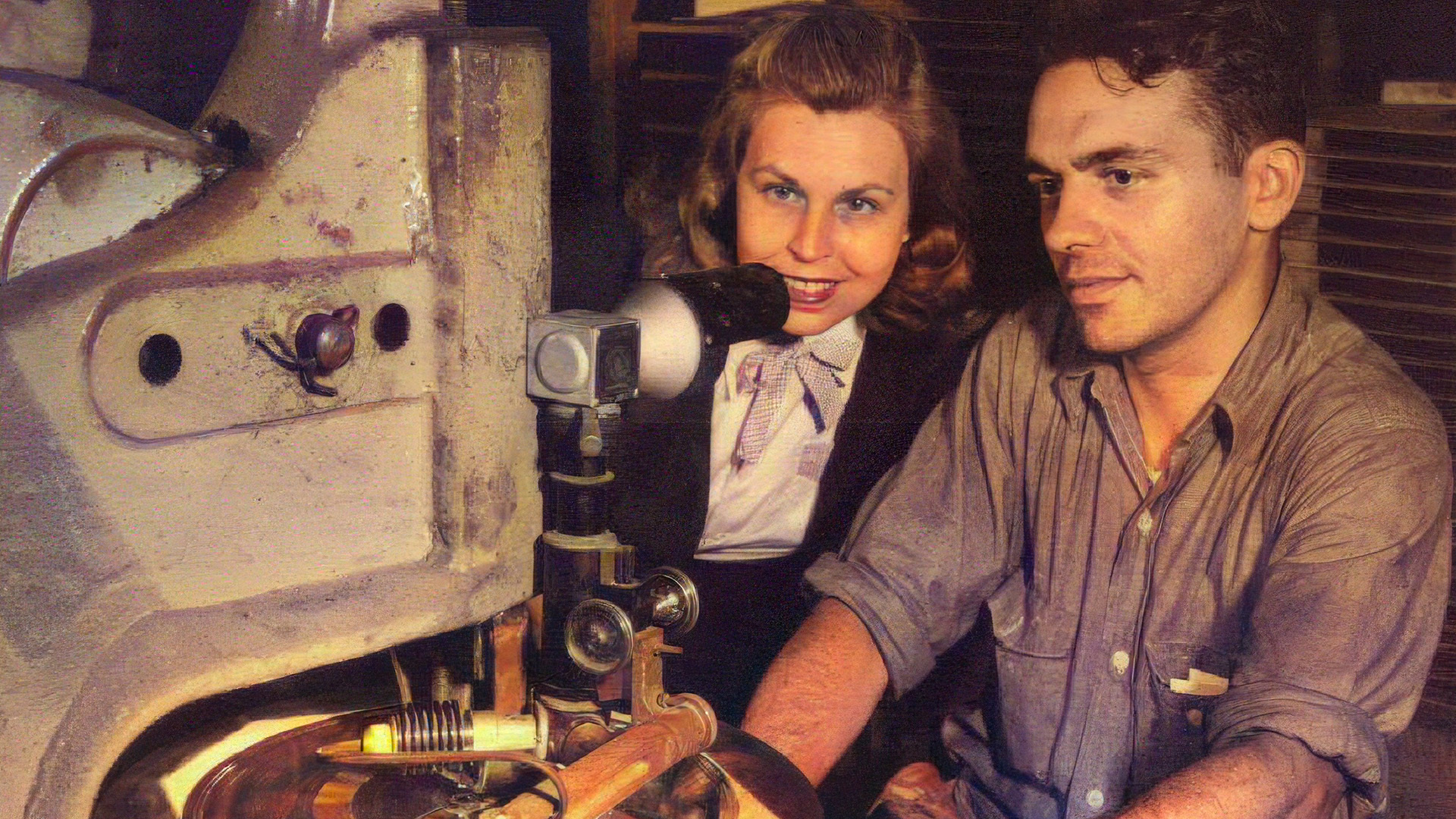
Q: Are the colors exact?
Not in the literal sense. Even Technicolor films of the 1940s and 1950s were approximations, not perfect reproductions of reality. Our process ensured the results were plausible, consistent with the time period, and verified where possible — as well as always respectful of the historical record.
Q: Who created this process?
The restoration methods were designed and coded specifically for this project, using high-powered graphics processors to handle the complex calculations required. This work builds on historical research, modern computer vision, and a deep respect for the people and legacy of King Records.
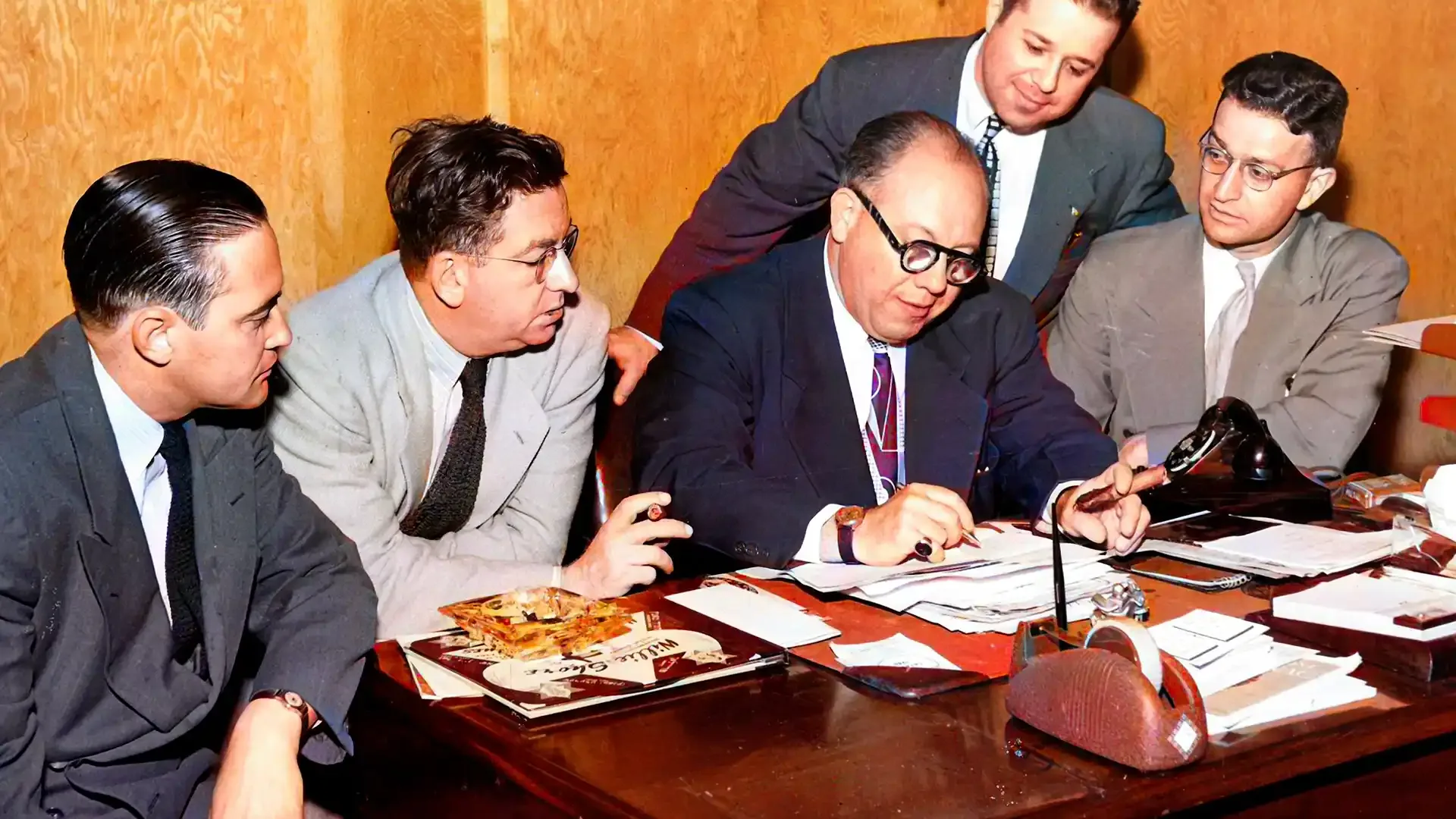
Want to learn more about the untold story of King Records, the underdog label that transformed American music? Be sure to stream King of Them All on pbs.org or the PBS app.

The best of PBS, straight to your inbox.
Be the first to know about what to watch, exclusive previews, and updates from PBS.
